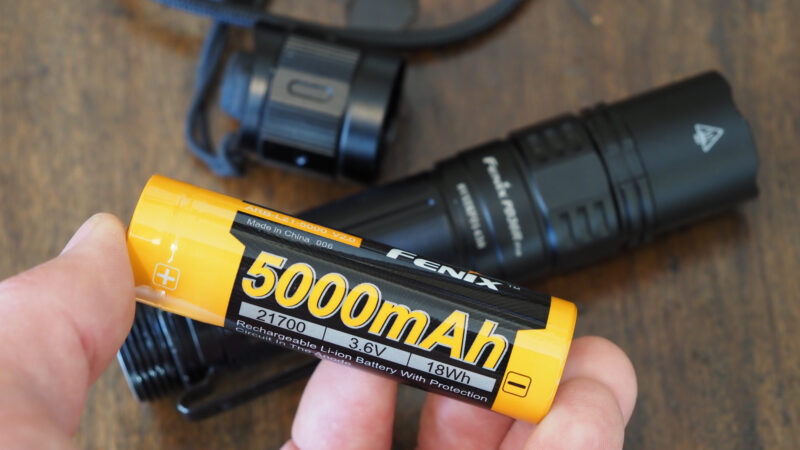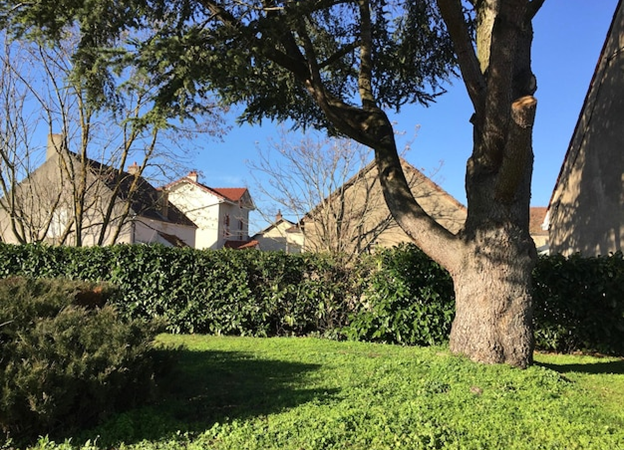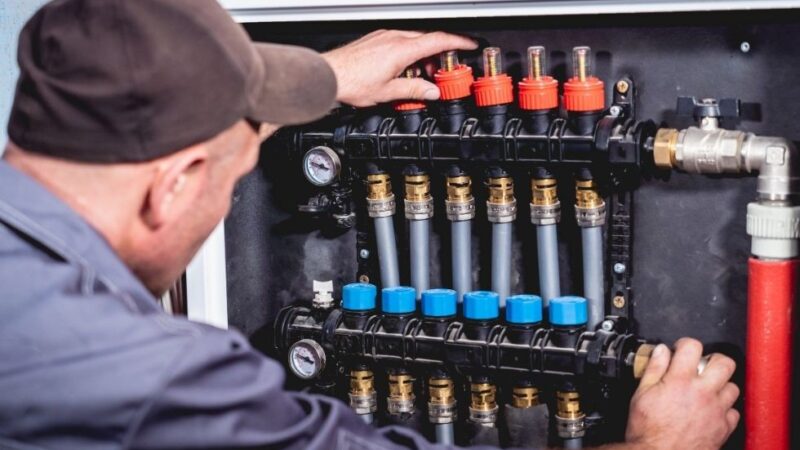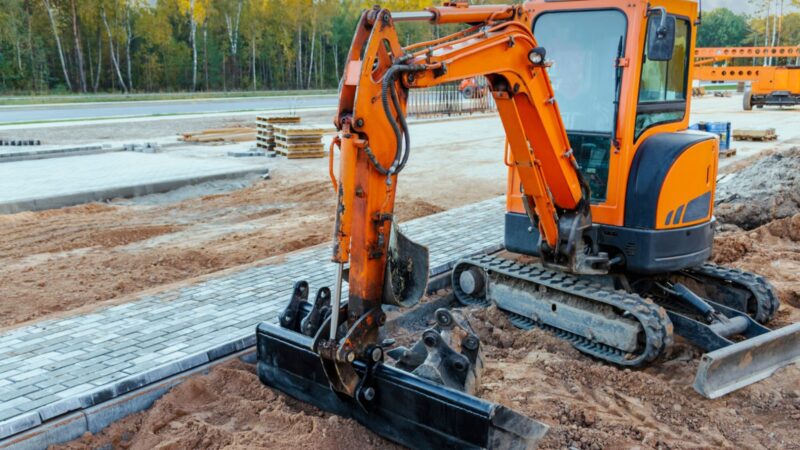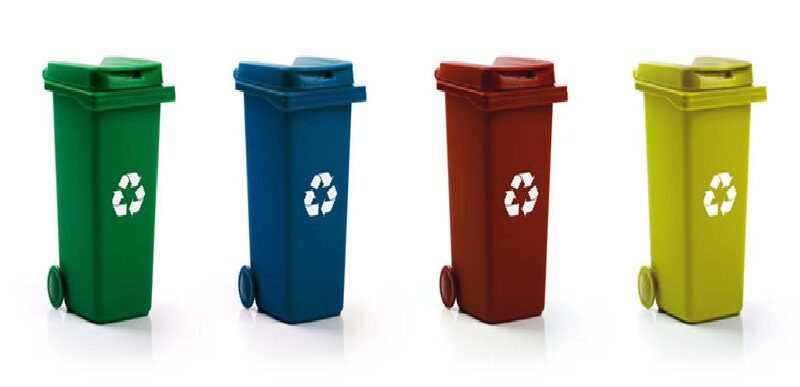Chimney cleaning services, like naturesownchimneycleaning.com, are vital to your safety if you have a functioning fireplace in your home. These services will also help you maintain the integrity of your home and avoid damage to your home. While fire is the biggest danger it is important to understand that there are many ways your home might receive damage due to a dirty or faulty fireplace, chimney or both. A qualified professional will be able to clean your chimney and asses any damage or repairs needed. They will also be able to give tips and suggestions on how to maintain the health of your fireplace.
What is Entailed in a Cleaning
The first thing any qualified sweep should do is to inspect your firebox, flue and smoke chamber. The inspection will tell the sweep how dirty the chimney is, what kind of debris needs to be removed, and if any repairs should be made to the liner or any other part of your fireplace. Creosote build-up is the expected debris, but there are many other things that can find there way into your chimney. Bird nests, sticks, leaves, and rodents, dead or alive, regularly find their way down the flue of homes all across the world. All of these things, including creosote are huge fire hazards in an working fireplace or wood stove. Even if they do not result in a fire they could interrupt the flow of smoke out of your flue trapping it in your home. A smokey home is quite unpleasant, but the bigger danger is the potential of carbon monoxide to pour into your home putting your and your loved ones at risk of carbon monoxide poisoning.
What is a Chemical Cleaning
Sometimes a sweep will conduct a chemical cleaning instead of a mechanical cleaning. A mechanical cleaning employs the use of a metal brush that will dislodge creosote and other debris from the walls of the flue. The debris normally falls to the bottom of the firebox where it is swept up and removed. With a chemical cleaning a chemical is introduced that either eats away at the creosote or makes it flake, or crumble off when you burn in your fireplace or wood stove. Typically the introduced chemical is in the form of a powder which creates a catalytic conversion with the creosote when heat is applied making it dry up and get flaky.
Chemical Versus Mechanical Cleaning
When you get your chimney cleaned a sweep either do a chemical cleaning or a mechanical cleaning. If you have a lot of the stubborn build-up your service person might decide to utilize both types of cleaning. However, there are many critics of those who conduct a chemical cleaning only. The argument is a chemical cleaning is not enough to entirely remove creosote from your chimney. There is also the fact that a chemical cleaning will only remove some creosote and will do nothing for any other form of debris which requires a mechanical cleaning. When it comes to an acid treatment, the acid that eats through the creosote is the same acid that could potential eat through the liner or flue. If you have an older home it is important to inspect the health of the smoke chamber and flue before using an acid treatment. It could exasperate an already corroded liner.
To be on the side of safety have your entire fireplace or wood stove inspected annually. Watch what type of material you burn as some items create more by-product than others. There are cleaning logs that can be used for maintenance but nothing beats a good old fashion physical chimney sweep to get your fireplace in the most efficient and safest working order. Contact local chimney cleaning services to get the best results.



